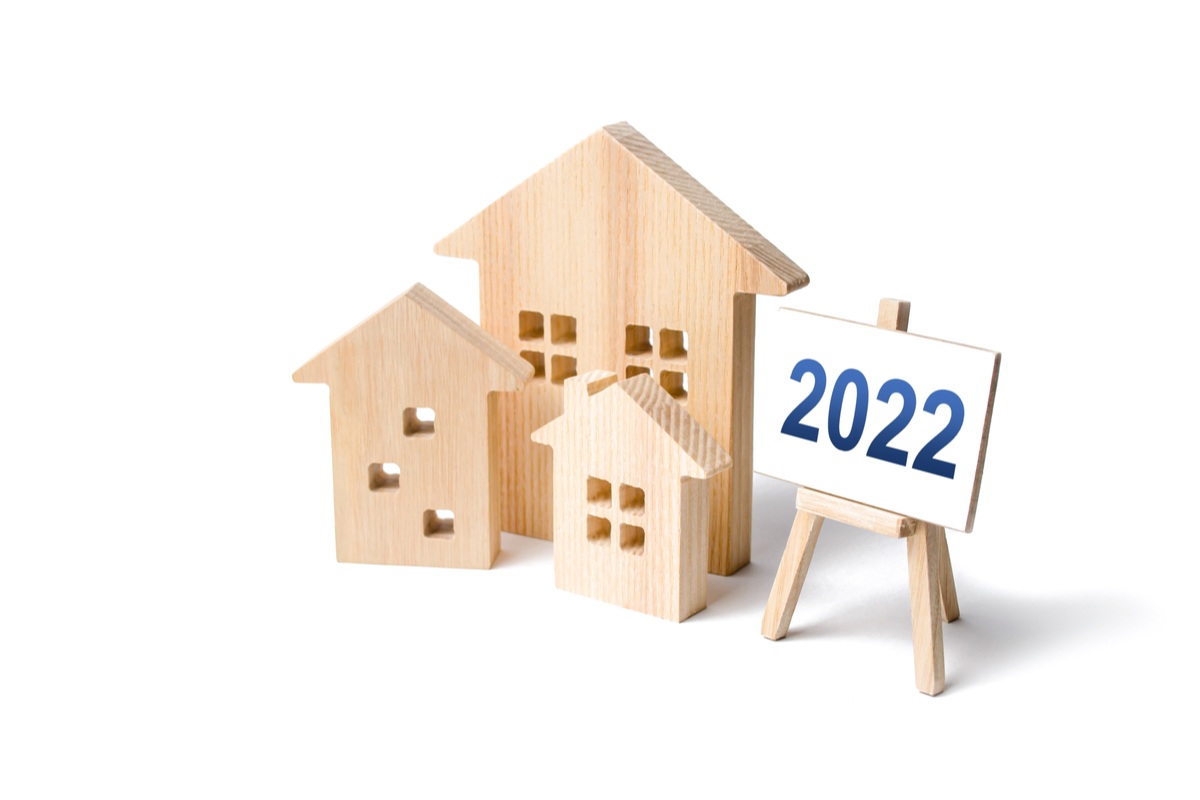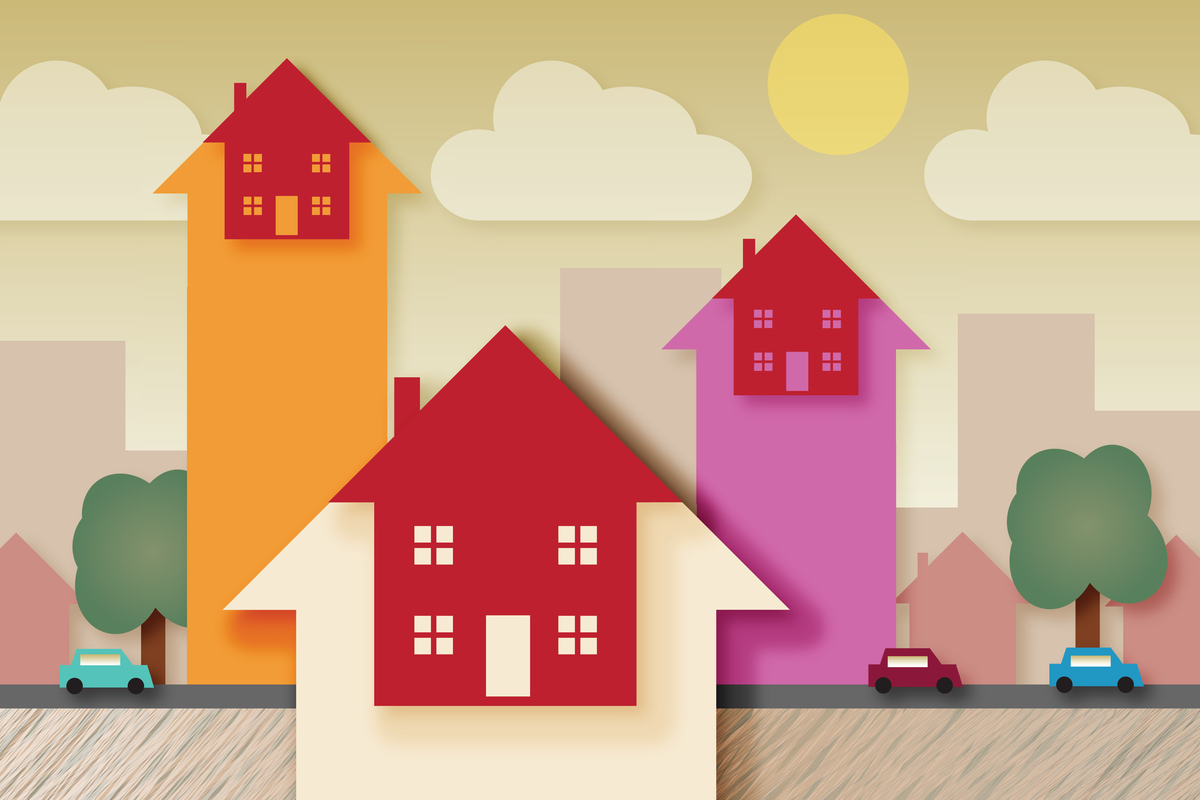According to the latest figures from Nationwide, house prices went up by 11.2% in the year to May 2022. However, it appears that growth is slowing as the increase in the year to April was 12.1%.
Looking at property values, on a monthly basis house prices rose by 0.9%. This marks the tenth consecutive monthly rise. At present the average house price stands at £269,914.
Nationwide notes that labour market conditions are strong and that there is a lack of housing stock which is pushing up demand and in turn, prices.
Nationwide’s Chief Economist Robert Gardner stated:
“Despite growing headwinds from the squeeze on household budgets due to high inflation and a steady increase in borrowing costs.
“We continue to expect the housing market to slow as the year progresses. Household finances are likely to remain under pressure with inflation set to reach double digits in the coming quarters if global energy prices remain high.”
At present, Bank of England figures show that mortgage approvals have fallen below the pre-pandemic levels and the recent Zoopla House Price Index has revealed that sellers are starting to be more realistic are cutting their asking prices, with longer selling times reported.
It’s not expected that house prices will fall – only slow down and stabilize after a frenzied two years. After all, demand is still outstripping supply and this will prevent prices from falling.
The headline figures show that the housing market isn’t yet affected by the cost-of-living crisis we are living through and house price growth remains in double figures.
Previously, house price growth was driven by market confidence – at present it is being driven by buyers’ changing priorities and their desire to purchase a property before interest rates price them out of the market. This momentum will only last for so long as people struggle to keep up with fuel, food and energy price rises as well as interest rate rises.









